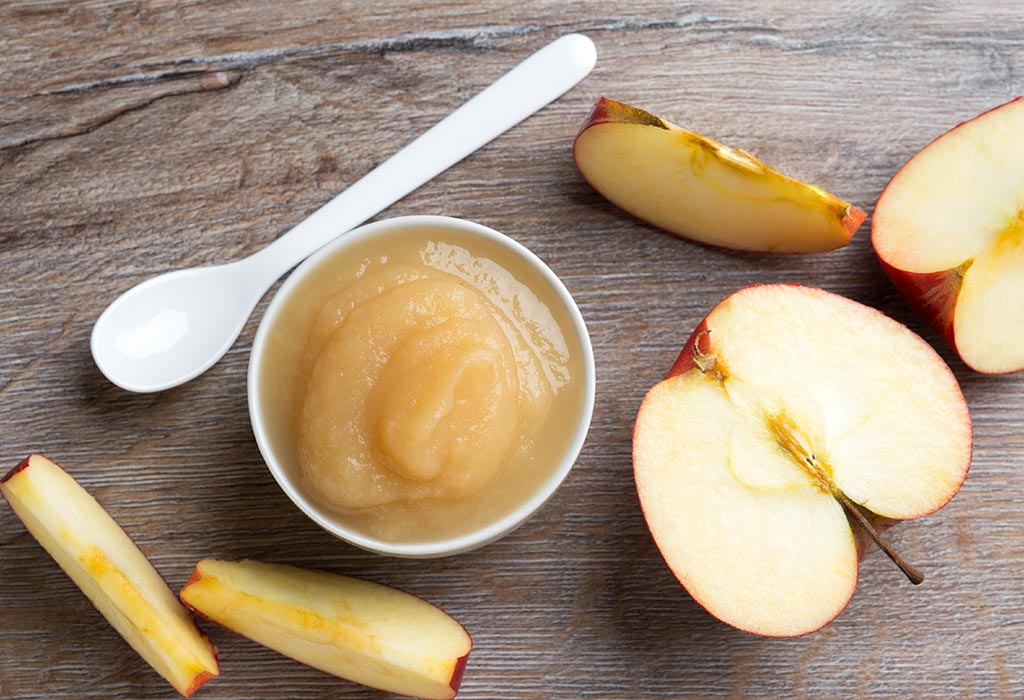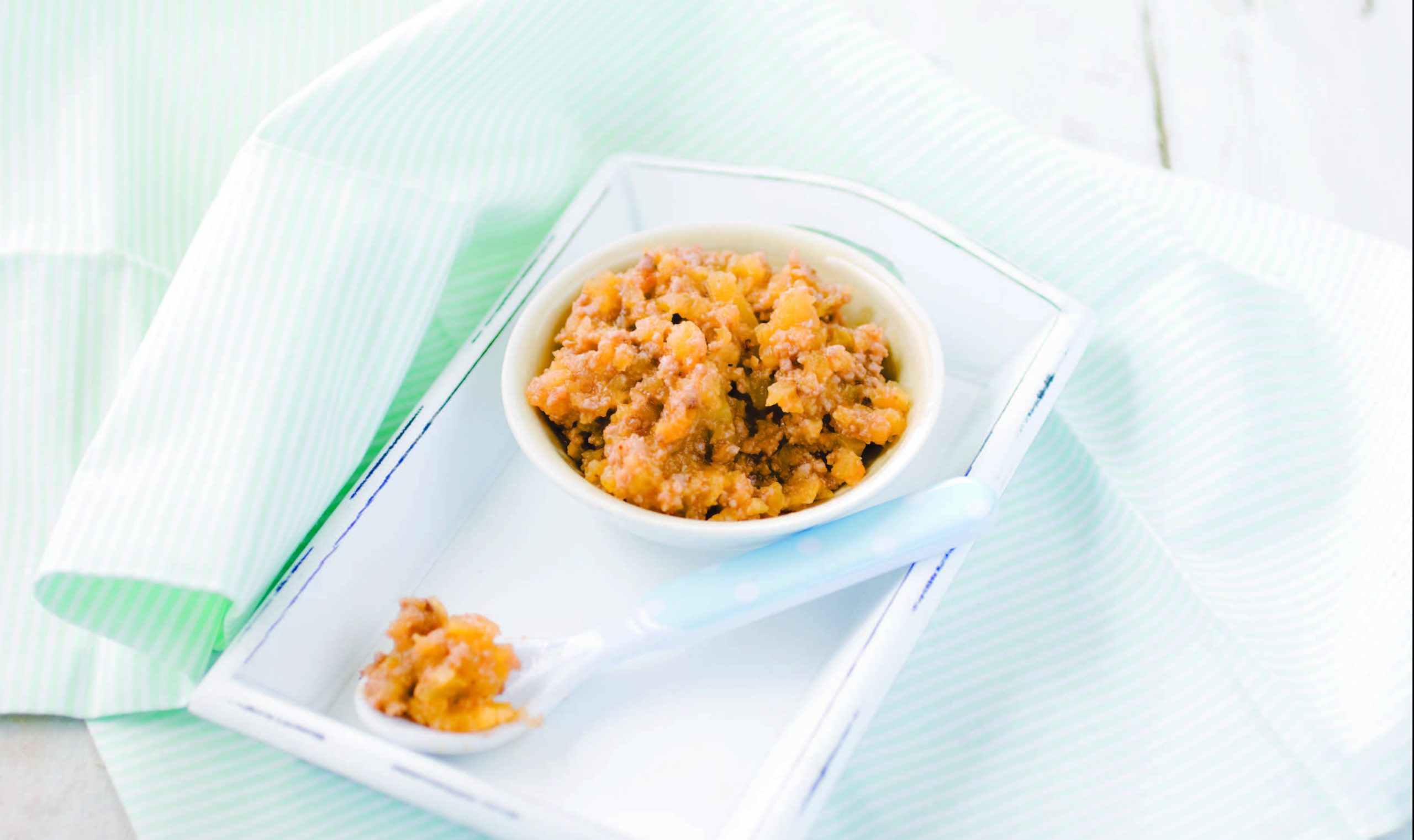So, you have just hit the recommended six-month breastfeeding period and are ready to begin your baby on solids. Where do you start? In this article, we share guidelines on proper infant diet, infant nutritional needs as well as the different foods to introduce.
As a general guide, it is important to know that infant nutritional needs are the same as those for adults. This means a diet that includes carbohydrates, proteins, fat, vitamins and minerals. The difference, however, lies in the varying amounts of specific nutrients at different stages of infancy.
When is it the right time to introduce foods for infant’s diet?
According to the World Health Organization, it is recommended that babies are breastfed exclusively for the first six months, and then up to 24 months with complementary foods. The American Academy of Pediatrics (AAP) also makes the same recommendation: that babies breastfeed exclusively for the first six months of life, and then breastfeed alongside taking solids for at least a year or more of the mother and baby so desire.
Mothers are encouraged to follow these recommendations, making the ideal time to introduce solids to an infant around six months of age. This however, may not be possible for a myriad of reasons that range from:
- Certain medical conditions that make breastfeeding harder.
- Breastfeeding challenges that a mother is unable to recover from (such as low milk production, a baby who is unable to latch well and mental illness among others)
- In some cases, getting posted to a far off place for work may also contribute to the introduction of solids to infant diet a little earlier. It is important too, to mention that in some cases mothers who are struggling emotionally and/or mentally may also opt to stop breastfeeding earlier on.
Infant’s Nutritional Needs
During infancy, infants require lots of energy for growth, activity as well as normal development. This energy typically comes from carbohydrates, proteins or fats. More importantly, an infant’s energy requirements depend on a few factors that include, but are not limited to:
- Their size at birth
- Their sex (whether male or female as the needs vary accordingly)
- Rate of growth
- Physical activity
- Medical conditions.
Below are the different food groups, alongside how they meet an infant’s nutritional needs.

Carbohydrates
Infants need carbohydrates that provide energy for growth, body functions as well as the provision of building blocks needed for key chemical compounds in the body. For young infants, the main source of carbohydrates is lactose. Lactose is the type of sugar found in breast milk and infant formula. As weaning begins, infants may get carbohydrates from complimentary foods such as infant cereal, grains, cooked vegetables and soft fruits.
Proteins
Proteins play a key role in an infant’s diet as they are required for the building and repair of tissues, the manufacture of key chemical compounds in the body as well as different chemical processes in the body. For this reason, infants require high quality milk that is obtained from breast milk and complimentary foods such as poultry, cereal, yogurt, fish, legumes and grains. While eggs and nuts are an excellent source of proteins, it is advisable to hold on until after a year as these foods have been linked to allergic predispositions in infants.
Fats
Healthy fats are essential for an infant’s growth and development. This is because fats are a key source of energy for the growing child. Additionally, fats stored in the body help to protect body organs as well as prevent heat loss from the body. Fats are also required for the absorption of fat-soluble vitamins that include Vitamins A, D, E and K.
Breast milk and formula are important sources of fats. With the introduction of solids to the infant’s diet, other great sources of fats include fish, fortified milk, flaxseed and avocado among others.
Vitamins and minerals
Vitamins and minerals are typically obtained from fruits and vegetables. As a general guide, infant’s diet should not be supplemented with vitamins and/or minerals unless under a prescription. Excessive quantities of certain vitamins and minerals can cause toxicity in infants.
Vitamin D is required for the proper formation of bones and is synthesized by the skin following exposure to sunlight. This is why it is important for babies to get exposed to sunlight . Sources of Vitamin D include fortified milk, liver and fish.
Vitamin A is required for good vision, healthy skin and a strong immune system. Breast milk is rich in Vitamin A. Other rich sources include dark green leafy vegetables such as spinach and greens as well as liver.
Vitamin K is required for the blood clotting process. It is found in high concentrations in green leafy vegetables, meat, eggs and cheese.
Vitamin C is a water-soluble vitamin that helps with the development of teeth, improves the immune system and is involved in collagen formation that provides structure for the infant’s tissues. Breast milk is rich in Vitamin C, and additional sources include fruits (especially citrus fruits) and vegetables such as tomatoes and cabbage. Take care not to overcook these foods to prevent destroying the Vitamin C.
Important minerals in an infant’s diet include:
Calcium for strong bones and teeth, Iron for healthy blood cells and zinc for blood formation.

Tips for introducing solid foods to infant diet
- Introduce foods slowly and allow a couple of days between different foods. This allows you to monitor the baby’s reaction in case they start vomiting, develop a rash or have an upset stomach.
Note that some infants may reject the first feed. This is not unusual as the new taste and textures is something that they are not used to. When this happens, do not force-feed – simply wait a couple of days and try once again. Once you establish that the baby has no negative reactions, you may add multiple combinations of different foods.
- Finger foods are also a great option for an infant’s diet, provided they are finely chopped. These include veggies, pasta, dry cereal and meat that is well cooked. Avoid giving large chunks of these foods to prevent choking.
- Do not give honey until baby is one year old. Honey may contain spores that can cause infant botulism, leading to weakness of the muscles and respiratory complications.
- Introduce utensils that baby can explore and play with to help with their development.
- Know when to stop. After the baby has had enough, they will likely get fussy or turn away. Provided the baby’s weight and growth is within limits, there is usually nothing to worry about.
Do you need any more information on your infant’s diet? Get in touch with us on 0794 092 380. Tunza Mama offers complementary feeding support services to ease the transition from exclusive breastfeeding.
Works Cited
American Academy of Pediatrics. (2012). Breastfeeding and the use of human milk. Pediatrics, e827-e829.
WHO. (2018). Breastfeeding. Retrieved june 04, 2019, from World Health Organization: https://www.who.int/nutrition/topics/exclusive_breastfeeding/en/




